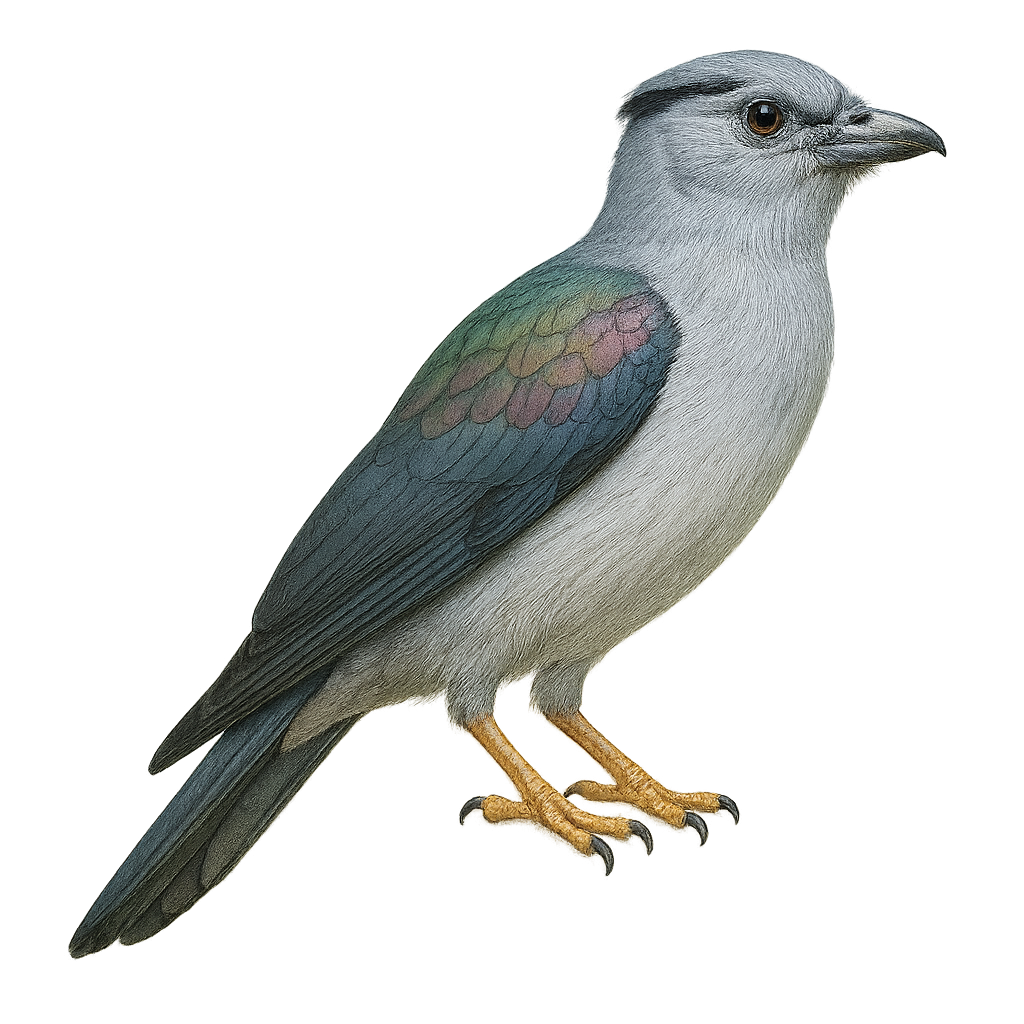Your wildlife photography guide.
Explore the cuckoo roller in detail, study its behavior, prepare your shots.
Where to observe and photograph the cuckoo roller in the wild
Learn where and when to spot the cuckoo roller in the wild, how to identify the species based on distinctive features, and what natural environments it inhabits. The WildlifePhotographer app offers tailored photography tips that reflect the cuckoo roller’s behavior, helping you capture better wildlife images. Explore the full species profile for key information including description, habitat, active periods, and approach techniques.
Cuckoo Roller
Scientific name: Leptosomus discolor

IUCN Status: Least Concern
Family: LEPTOSOMIDAE
Group: Birds
Sensitivity to human approach: Suspicious
Minimum approach distance: 10 m
Courtship display: October to November
Incubation: 18-20 jours
Hatchings: October to December
Habitat:
Tropical rainforests, dry wooded areas
Activity period :
Primarily active during the day, with peak activity in the morning and late afternoon.
Identification and description:
The Cuckoo Roller, or Leptosomus discolor, is a unique and fascinating bird endemic to Madagascar and the Comoros. It is the sole member of the Leptosomidae family. This bird features distinctive plumage, with males displaying bluish-grey hues and females showing brown and mottled patterns. The Cuckoo Roller is known for its graceful gliding flight and resonant calls. It primarily inhabits tropical rainforests but can also be found in drier wooded areas. Its diet mainly consists of insects, small reptiles, and occasionally fruits. Although relatively common in its natural habitat, deforestation poses a potential threat to its population.
Recommended lens:
400 mm – adjust based on distance, desired framing (portrait or habitat), and approach conditions.
Photography tips:
To photograph the Cuckoo Roller, it is advisable to use a 400mm lens or longer to capture detailed images without disturbing the bird. Look for it in the tropical rainforests of Madagascar, where it is often seen gliding gracefully between trees. Be patient and discreet, as this bird can be suspicious. The best times to observe it are early morning or late afternoon, when natural light highlights its distinctive plumage.
The WildlifePhotographer App is coming soon!
Be the first to explore the best nature spots, track rutting seasons, log your observations, and observe more wildlife.
Already 1 430 wildlife lovers subscribed worldwide

